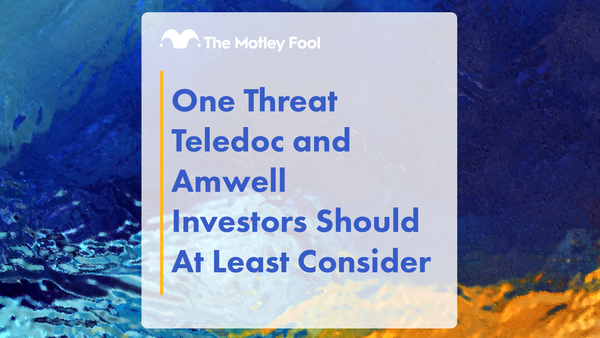Astronomical prices for breakthrough new cancer drugs are pushing up treatment costs for patients as well as insurers, making it tougher for patients to complete lengthy therapy at a time when it's increasingly effective.
Global spending on cancer medicines hit $91 billion last year, up from $71 billion in 2008 and $37 billion a decade ago, according to a report from the IMS Institute for Healthcare Informatics. That's despite factors that have slowed the average annual increase in cancer drug spending to 5.4% over the past five years, down from 14.2% increases each year from 2003 to 2008.
"We'll cross (the $100 billion) threshold in the next year or so," predicted Murray Aitken, the institute's executive director. That amount would be about 10% of worldwide spending on all prescription drugs.
In the U.S., a month's supply of a brand-name cancer drug is now about $10,000, double what it was a decade ago, according to the report. The most expensive drug, at $117,648 for a course of treatment, is Bristol-Myers Squibb Co.'s Yervoy, the first drug to prolong survival in patients in advanced stages of the skin cancer melanoma.
Treatment is costing U.S. patients more partly because of sweeping changes in the health care system.
Employer-based insurance plans increasingly are shifting onto patients much higher copayments and deductibles -- the amount patients must pay before insurance kicks in. More patients buying their own insurance have been choosing plans with high deductibles, a strategy to reduce monthly premiums.
And many cancer specialists are giving up private practice to work for hospitals, which because of their high overhead usually charge at least twice as much for each infusion of chemotherapy drugs as a doctor's office. Aitken noted that patient out-of-pocket costs can exceed $2,000 per dose, although patient assistance and other programs can help.
On average, an insured patient's total outlay for a year's cancer treatment is about $9,000, excluding any assistance programs, with the insurance company covering the remaining $115,000, according to Aitken. Patients receiving older cancer drugs available as generics would pay less, while those taking the very pricey new drugs likely would lay out more.
The higher the patients' costs, the more drop out of treatment before finishing. For example, the report notes that when copayments for hormonal breast cancer treatment exceed $30, there is a 10-percentage-point drop in the number of patients who complete therapy, compared with when the copay is $30 or less. For patients who stop therapy and resume it later, the combined patient and insurer costs can jump 50%.
For those who do complete treatment, there's a higher chance of surviving longer, partly because newer cancer drugs precisely target individual cancer cells rather than indiscriminately killing healthy cells while attacking tumors.
"The willingness to pay for these breakthrough drugs is strong," Aitken said.
That's because the most innovative and expensive drugs can prolong life from two to six months on average, he said. Overall, the five-year survival rate for all cancers combined in the U.S. climbed from about 57% in 1990 to about 65%, due to both better treatments and earlier detection.
In the U.S., total spending on cancer drugs reached $37 billion in 2013, but increased only about 3.5% in each of the last five years, for a variety of reasons. Many older cancer drugs are now available as less-expensive generics. The newest ones often are replacing drugs just launched a few years ago that are nearly as expensive, and the most-expensive new cancer drugs generally are for rarer types of cancer.
Worldwide, the growth rate for cancer drug spending also is being restrained because government health programs in the top European markets are demanding big discounts -- often 20% to 40% off the U.S. average price -- and more of the drugs are being sold in poorer countries, where prices are even lower.





